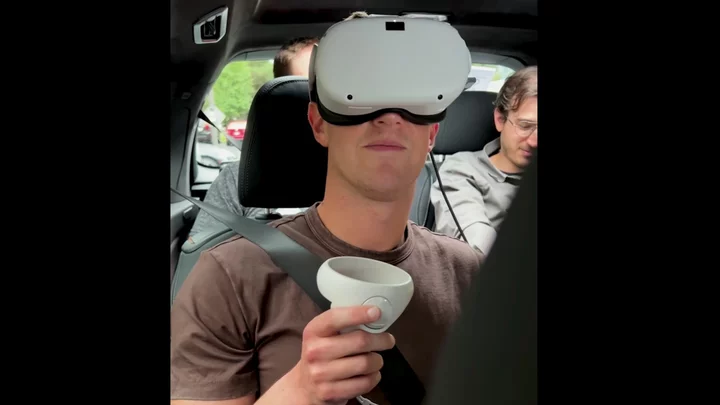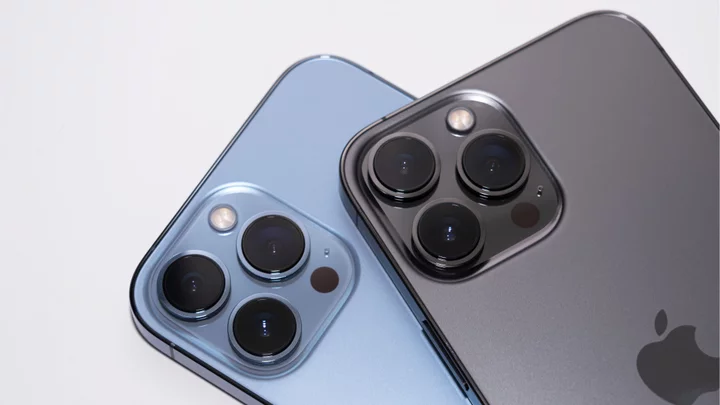Meta is giving us another way to feel nauseous with VR: putting the technology in cars.
On Wednesday, Meta CEO Mark Zuckerberg unveiled the company’s curious plan to create VR and augmented reality experiences for next-generation vehicles. In a video introducing the research, Zuckerberg dons a Meta Quest headset while inside one such car.
According to him, the technology promises to “make the time we spend traveling more productive and just more fun,” since the AR and VR headsets can project virtual images and games while on a ride. However, we’re worried the technology will only make us want to puke.
That’s because motion sickness continues to be a problem holding back VR’s adoption. Sometimes, the VR images you see in the headset can feel out of sync with your physical positioning in the real world. This can trigger feelings of nausea—and that’s when you’re not in a moving car. Still, Zuckerberg is indicating at least some VR users want the technology.
“People often ask me if they can use Quest while they’re in a car,” Zuckerberg says in the video.
Outside of VR, it looks like the technology could play a crucial role in bringing more see-through augmented reality experiences to cars, which should be less stomach-wrenching. This means you’ll still be able to view your real-world surroundings as you wear the headset. Virtual objects, such as icons or animations, will simply fill part of the view, enabling you to play games or use a browser. (The Meta Quest headset also comes with this mixed reality "passthrough" capability.)
Meta says the research stems from a partnership the company struck with BMW back in 2021 on developing AR glasses for drivers to help them better navigate the road. But bringing the VR/AR tech to a car has meant solving some technical challenges. Headsets, such as the Meta Quest, rely on built-in motion sensors to help create the illusion that you’re inhabiting a virtual world. Hence, a moving vehicle can throw off the motion-tracking sensors.
“That mismatch means a VR headset like Meta Quest 2 can’t currently display stable virtual content when traveling inside a vehicle as it turns and/or accelerates,” the company says.
To fix this, Zuckerberg says Meta worked with BMW to “accurately anchor” the VR/AR experience while traveling inside fast-moving cars. They took “inertial motion sensor” data from the BMW’s own sensor array to compensate and calculate the headset’s position inside the moving car.
Meta added: "If we get it right, this technology could revolutionize travel in cars, trains, planes and beyond, unlocking new forms of hands-free communication, entertainment and utility—giving us far more value than the screens and instruments we’re used to seeing in vehicles today."
Another use case involves the VR/AR headsets to generate virtual objects outside of the car as it travels past notable locations, such as historical landmarks.









